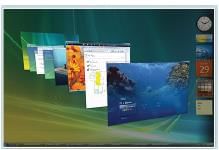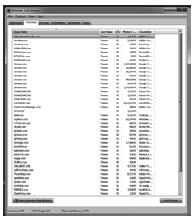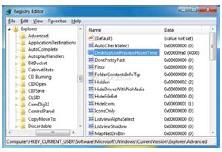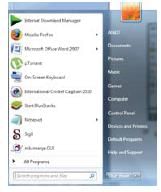Olympiad Test: Windows 7 - Class 4 MCQ
20 Questions MCQ Test - Olympiad Test: Windows 7
| 1 Crore+ students have signed up on EduRev. Have you? Download the App |
Which of the following modes is not present in ‘Shut Down’ menu of Start Button?
The visual desktop experience that combines translucent windows, appealing color and graphic effects and convenient functionally- all come in a group of features called ______.
______ put information and fun like news, pictures, games and the phases of the moon, right on your desktop.
To select your desktop’s background and themes, you should ______.
When your desktop is cluttered with open windows, you can use ________to select a single window and close the rest.
The Windows preview mode displayed in the given image is called ______.

The image here shows a mini-menu of performance tasks for an icon on the taskbar. This menu is called ______.

When you scroll the mouse over thetaskbar icons, a thumbnail preview of the open windows will appear as shown below. What is this view called?

A Jump List on the taskbar does not allow a single access to _________.
What is the basic unit of storage that enables a computer to distinguish oneset of information from another?




 represents ______.
represents ______.















